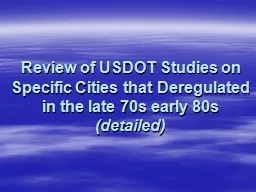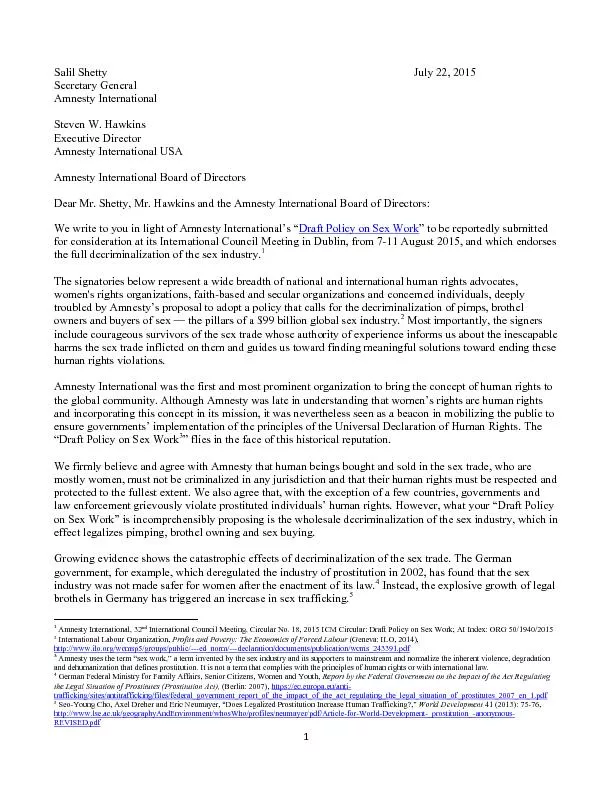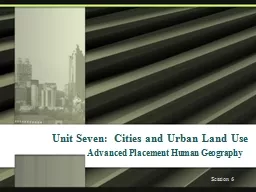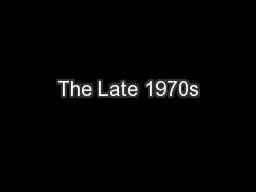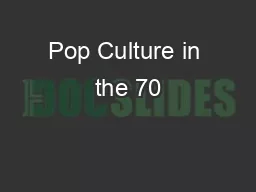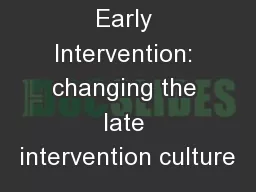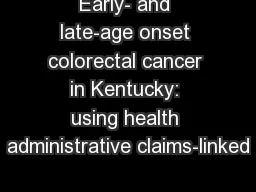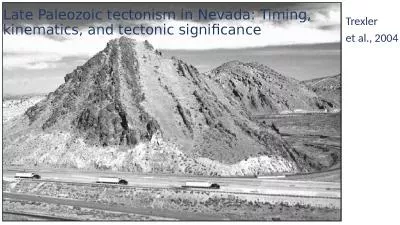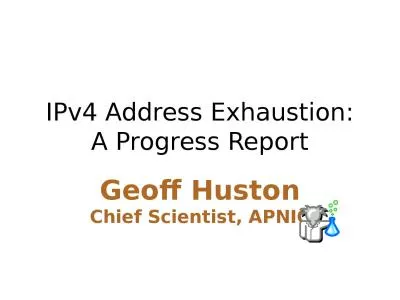PPT-Review of USDOT Studies on Specific Cities that Deregulated in the late 70s early 80s
Author : telempsyc | Published Date : 2020-06-30
detailed Indianapolis first round of taxicab deregulation happened in the late 1970s After the first winter the independent operators found they had no money to
Presentation Embed Code
Download Presentation
Download Presentation The PPT/PDF document "Review of USDOT Studies on Specific Citi..." is the property of its rightful owner. Permission is granted to download and print the materials on this website for personal, non-commercial use only, and to display it on your personal computer provided you do not modify the materials and that you retain all copyright notices contained in the materials. By downloading content from our website, you accept the terms of this agreement.
Review of USDOT Studies on Specific Cities that Deregulated in the late 70s early 80s: Transcript
Download Rules Of Document
"Review of USDOT Studies on Specific Cities that Deregulated in the late 70s early 80s"The content belongs to its owner. You may download and print it for personal use, without modification, and keep all copyright notices. By downloading, you agree to these terms.
Related Documents

